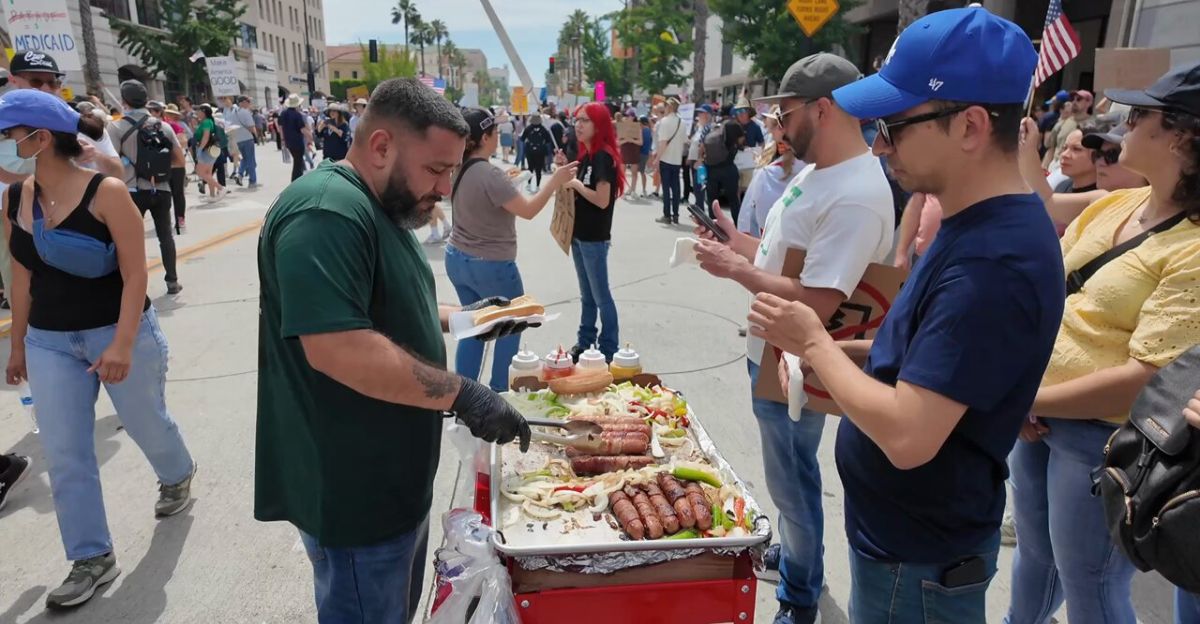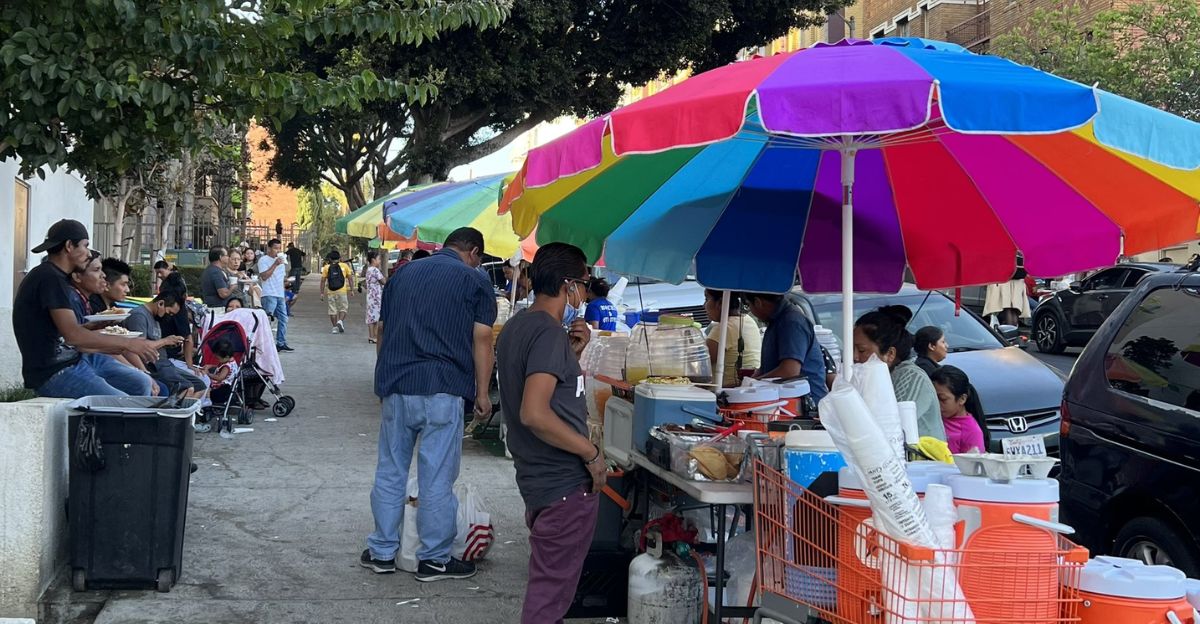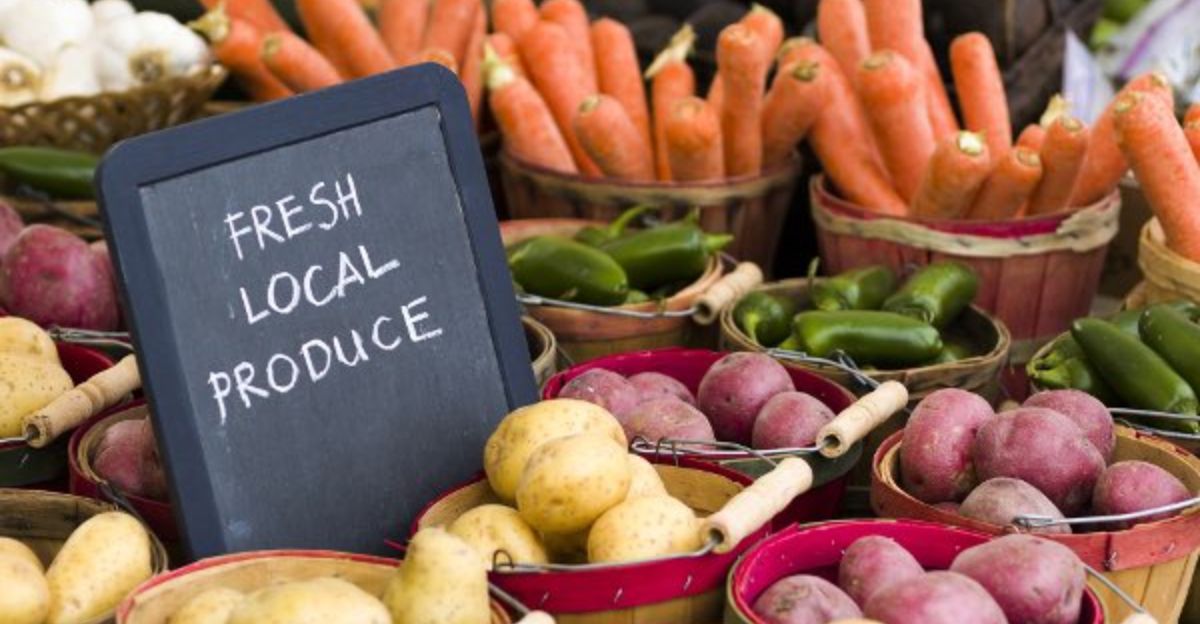
ICE has resumed immigration raids at farms, hotels, and restaurants, just days after pausing enforcement in these sectors. The sudden reversal, driven by White House directives, is more than a policy shift. It’s the spark igniting a chain reaction across food supply chains, service industries, and household budgets.
When the people who pick produce, prep meals, and clean rooms vanish, the effects ripple far beyond immigration. This isn’t just politics; it’s the beginning of a nationwide disruption that’s already being felt on your plate and in your wallet.
Caught Between Politics and Economics

The renewed crackdown comes under pressure to hit deportation targets, nearly 3,000 arrests per day, three times the previous pace. Yet business leaders warn of serious blowback. Agriculture Secretary Brooke Rollins reflected the internal divide, supporting “deportations of EVERY illegal alien” while admitting that “severe disruptions to our food supply would harm Americans.” The message is clear:
Washington wants strict enforcement, but the economic fallout could be massive. With no compromise in sight, the system is straining under irreconcilable priorities, and the consequences are already unfolding.
Grocery Prices Are Already Rising

You’ll likely see it first at the checkout line. Moody’s Analytics estimates food prices could climb 6% if deportations thin the labor pool in packing plants and farm fields. In Oxnard, California, America’s strawberry hub, fields sit partially unpicked as workers avoid detection.
With over 40% of U.S. farmworkers lacking legal status, the labor shortage is immediate and severe. Fewer hands mean fewer harvests, and less food on shelves. That scarcity drives up prices fast, passing the cost of enforcement directly to consumers.
Kitchens Are Losing Their Backbone

Restaurants are under strain. With around one million undocumented workers making up 10% of the industry, staffing is collapsing in some regions. Some owners are cutting hours or removing labor-intensive dishes. Others are hiking prices to stay afloat. In Los Angeles, street vendors say business is down 75% in ICE-patrolled areas.
The National Restaurant Association is urging members to audit hiring practices and prepare for disruption. This isn’t a temporary labor dip, it’s a foundational shift in how America’s food service industry operates.
Fresh Food Disappears in Vulnerable Areas

In many immigrant neighborhoods, access to fresh food is evaporating. Produce vendors in Los Angeles report sales plummeting 80%, with unsold fruit spoiling daily. As immigrant shoppers retreat from public life, some areas are becoming “temporary food deserts.”
Meanwhile, upscale restaurants staffed with documented workers continue serving without disruption. A two-tier food system is emerging, one where immigration status now influences access to fresh, affordable nutrition. It’s a divide that threatens to deepen existing inequities in public health and economic stability.
Global Trade Takes a Hit

The disruption doesn’t stop at U.S. borders. Labor shortages are slowing American food exports, straining global supply chains. After a raid removed most of its workforce, Glenn Valley Foods operated at just 30% capacity.
Oxford Economics estimates that deporting one million undocumented workers could reduce GDP by 1% and increase native unemployment by 0.5%. Countries like Mexico, deeply tied to U.S. agricultural trade, will feel the pinch too. When America pulls workers from the fields, the economic shockwaves reverberate around the world.
“It Feels Like COVID All Over Again”

“It’s pretty much a ghost town,” says Juan Ibarra, who runs a fruit and vegetable outlet in Los Angeles’ produce market. “It’s almost COVID-like. People are scared. We can only last so long like this, a couple of months maybe.” His daily earnings crashed from $2,000 to $300.
Nearby in Oxnard, restaurant owner Raquel Pérez sees border agents near fields while her once-busy dining room sits empty. “They don’t realize the domino effect this will have,” she says. Her business survived the pandemic, but now faces collapse under renewed immigration enforcement. The fear spreading through immigrant communities is once again reshaping economic life.
The Fight Turns Fierce

Political battle lines have hardened. Latino and civil rights groups call the raids “political terror” meant to “instill fear, divide families and criminalize Latino communities.” Republican lawmakers defend the policy as essential for safety, insisting the affected areas are “too volatile” without intervention.
Business groups push back, with the U.S. Chamber of Commerce warning that an “enforcement-only strategy” could devastate already-struggling employers. The clash reveals a deeper fracture between security demands and the practical realities of running an economy built on immigrant labor.
What Consumers and Businesses Can Do

With food prices expected to rise 5–6% through 2025, consumers can brace by adjusting budgets and supporting local farms with transparent labor practices. Community-supported agriculture programs offer more stable alternatives during enforcement surges.
Restaurateurs should review I-9 compliance and prepare for potential visits from ICE. Investors are watching, too. immigration volatility now ranks alongside cybersecurity and AI as a key risk. The most effective defense? Diversify your food sources while advocating for smart immigration policies that reflect economic dependence on this labor force.
The True Price of Cheap Food

This moment is exposing the hidden cost of America’s food system. For years, undocumented labor has quietly subsidized cheap prices at the grocery store and dinner table. Now, with that workforce under threat, the true cost is surfacing.
Consumers face a stark choice: accept higher prices, or push for legal pathways to support the labor we rely on. This isn’t just a policy debate, it’s a moral and economic reckoning. What we decide now will shape the future of food, labor, and fairness in America.
Discover more trending stories and Follow us to keep inspiration flowing to your feed!

Craving more home and lifestyle inspiration? Hit Follow to keep the creativity flowing, and let us know your thoughts in the comments below!
